Hokkaido Travel Tips & Common Questions
, by Richard
Where is Hokkaido? How do I get there? Do people speak English?! All these questions and more are answered in this handy blog by Richard!
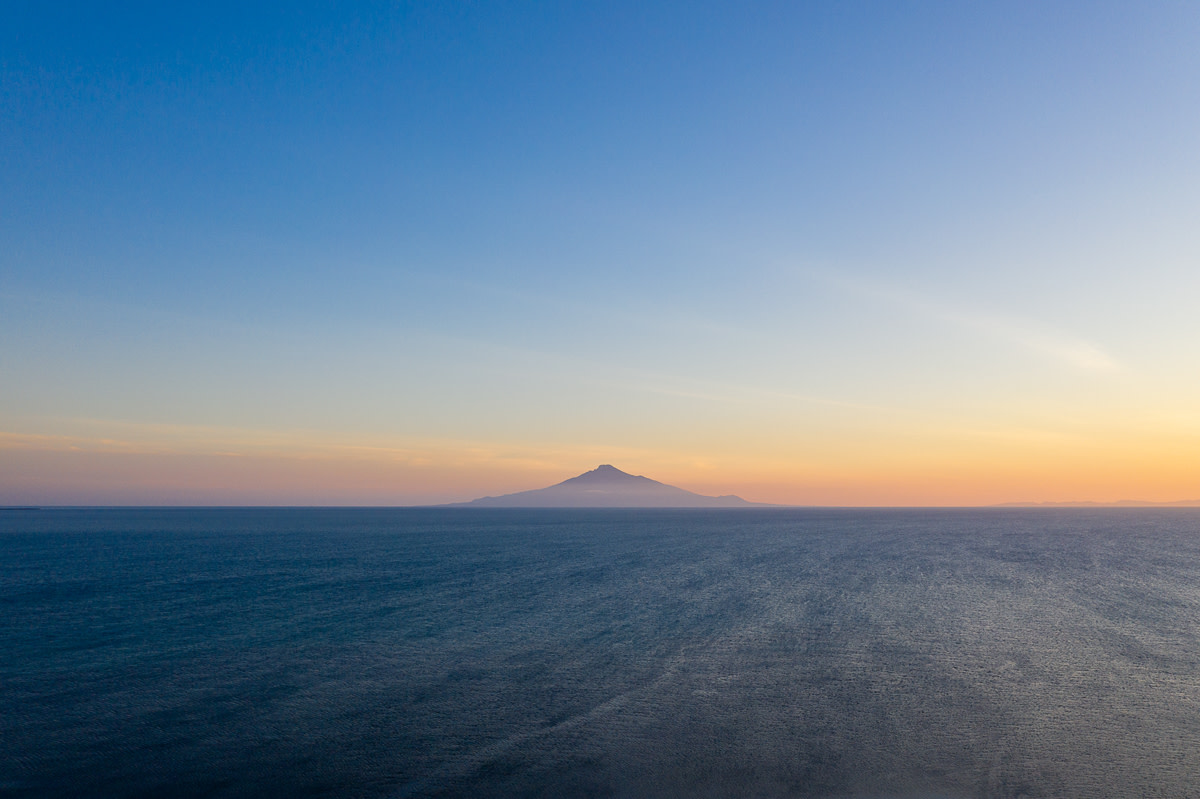
Perhaps you are dreaming about your first-ever trip to Hokkaido, or maybe you are trying to iron out the last few details for your next trip back to our Japan’s northern most island.
Here are the answers to the most common questions we get from travellers planning on visiting Hokkaido. Click on the links here to jump straight to the answer you’re looking for, or scroll down to read the whole article.
Why travel to Hokkaido?
Japan is a unique travel destination. The long and rich history has given birth to a modern country unlike any other.
Hokkaido, Japan’s northern major island, is considered unique within Japan. Hokkaido became part of Japan only in the 19th century. While Japanese culture is strong and prevalent here, you can also experience the rich indigenous culture of the Ainu, the native inhabitants of Hokkaido.
Hokkaido is both Japan’s largest and least densely populated prefecture. The wide-open spaces make it a paradise for outdoor adventurers, as well as wildlife lovers.
Including Hokkaido in your trip to Japan gives you a great contrast between the urban and wilderness. Although with so much to do here, perhaps you should come straight to Hokkaido!
If you still need some convincing, I have written in more detail about why I think Hokkaido is a must-visit travel destination in another blog.

When is the best time to visit Hokkaido?
If you asked me a few years ago I would have said “winter” in a heartbeat. But after living here year round for a while, I have realised there is more to Hokkaido than it’s famous powder snow. Hokkaido has four distinct seasons, each with their own charm.
Spring (April – June) is best if you want to:
Feel the warmth of the spring sun as you snowshoe.
Have a hanami (cherry blossom) party in May.
See the “floating flower garden” of Rebun Island in all its glory.
Summer (July – August) is best if you want to:
Escape the hot humid weather and the rainy season.
See carpets of alpine flowers adding colour to the high peaks.
Hike amongst the Daisetsuzan Mountains.
Autumn (September – November) is best if you want to:
See the first autumn colours in Japan.
Cycle on Hokkaido’s quiet roads.
See autumn become winter as you go higher in the mountains.
Eat freshly caught salmon, newly harvested rice and other produce.
Winter (December – March) is best if you want to:
Experience Hokkaido’s world-famous powder snow.
Explore serene white forests by snowshoe.
See rare birds such as the Tancho crane and Steller’s Sea Eagles.
Visit a snow and ice festival.
Catch the drift ice as it arrives in the north around Monbetsu, Abashiri, and Shiretoko.
Ayaka has covered all of these seasons in greater detail in her blog on the best time to visit Hokkaido. If you'd like to know more about the type of hiking you can enjoy throughout Hokkaido's wonderful seasons, I recommend checking out guide Zac's blog on the best time to hike in Hokkaido.
How to get to Hokkaido?
Once you have decided to visit Hokkaido, the first thing to figure out is how to get here. Sapporo New Chitose (CTS) is the most common airport for direct international flights to Hokkaido. There are flights to Sapporo from many major Asian cities, as well as far away as Sydney. There are also flights from Taiwan and South Korea into Asahikawa (AKJ) and Hakodate (HKD) airports.
Most airports in Hokkaido have regular flights from Tokyo Haneda (HND). Tokyo Narita (NRT) has flights to Sapporo New Chitose (CTS) and Kushiro (KUH), allowing you to connect with the many international flights to both airports.
Domestic flights aren’t the only option if you are already in Japan, or are combining Hokkaido with travel elsewhere in Japan. The world-famous Shinkansen (Bullet train) stops in Hakodate in southern Hokkaido. The journey from Tokyo station takes 4.25 hours, passing under the Tsugaru Strait. Several ferries also connect Hokkaido to ports in Honshu, including Oarai near Tokyo and Tsuruga near Kyoto.
Find out more by reading Ayaka’s blogpost on how to get to Hokkaido here.
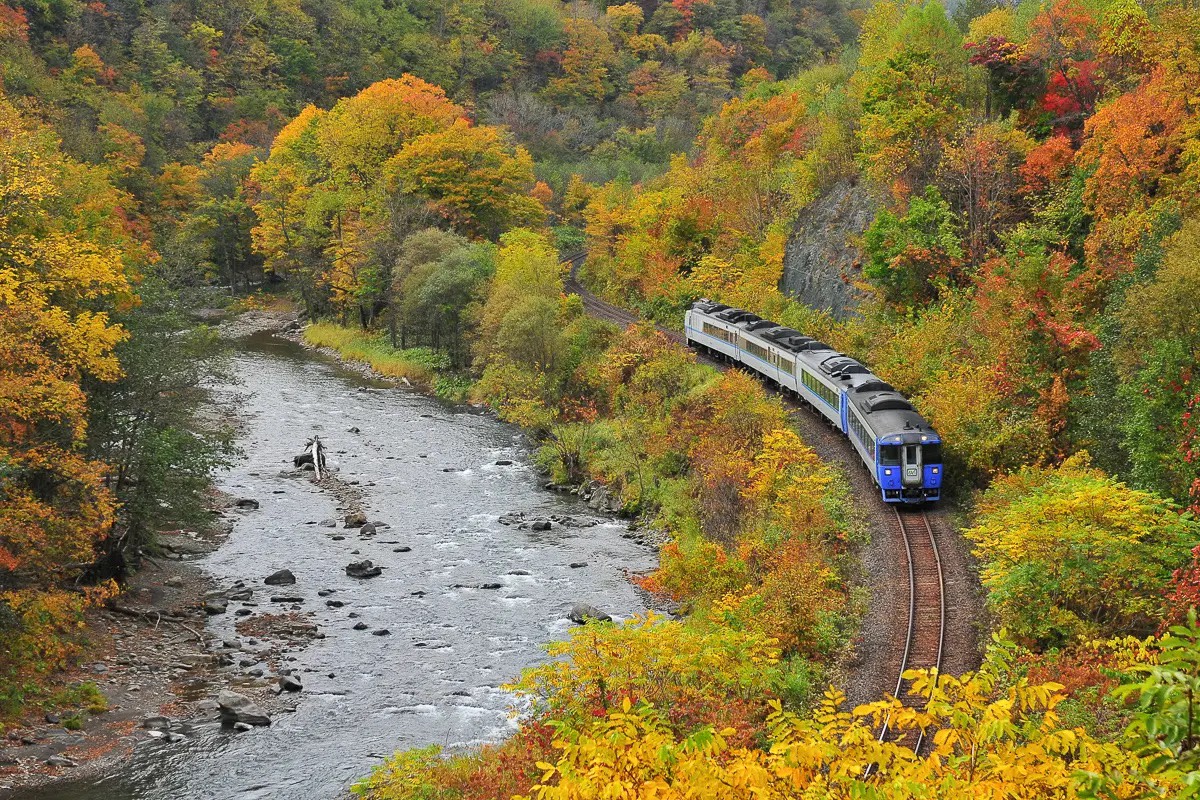
How to get around Hokkaido?
Once you are here in Hokkaido, you will likely want to see as much of the island as you can. Japan’s famously efficient public transport is present in Hokkaido too, with regular bus and train services between all the main hubs. There are also regular flights from Sapporo to regional airports, which shorten your travel time to more remote parts of Hokkaido. Hattie on our Customer Service team has also written a handy guide to exploring Hokkaido by public transport.
However, public transport is limited off the beaten path and in rural areas, where the most adventurous destinations are. Hiring a car and driving in Hokkaido will give you the freedom to explore Hokkaido’s wilderness, but it comes at a cost and driving in winter isn’t for the faint of heart.
You can also travel on a tour which includes all your transport. Travelling on an organized tour allows you to forget about the hassle of organizing a rental car, driving, navigating and parking, all you have to do is relax and take in the scenery. Cycling tours are also a great way to explore Hokkaido at a slower pace.
For more tips, read Adventure Hokkaido Guide Kazu’s blog on how to get around Hokkaido.
How much does it cost to travel in Hokkaido?
In general, you will find costs travelling in Hokkaido comparable to Western Europe, Australia, New Zealand and North America.
Eating local food is an integral part of travelling in Hokkaido; self-catering is unheard of. Fortunately, there are eating out options for all budgets.
You can spend just ¥1300 (~US$11) a day and eat well, especially if you are a fan of ramen noodles. At the other end of the scale, ¥17000 (~US$150) per day will have you dining on some of the finest meals in the world, prepared with fresh fish and wagyu amongst other local ingredients.
Your choice of accommodation also affects your daily budget. At the budget end, there are hostels, capsule hotels and business hotels. At the higher-end Ryokan’s offer a taste of the best of Japanese hospitality, they are an experience in their own right and I recommend everyone budgets for at least a night or two in a Ryokan.
With a daily budget of around ¥19,000 (~$US160) – ¥36,000 (~US$315) you can stay in 3+ star hotels, Ryokan and local guest houses, sample some of Hokkaido’s best food and activities and also cover transport.
Read more about travel costs in Hokkaido in Ayaka’s blogpost here.
What are the best places to visit in Hokkaido?
While it is just one of Japan’s 47 prefectures, there is a lot of variety within Hokkaido’s towns and landscapes. I think most people will find somewhere they love in Hokkaido. For mountain lovers, Daisetsuzan National Park, including Mount Asahidake, is a vast alpine wilderness to explore. The unique islands of Rishiri and Rebun in the north of Hokkaido have both alpine and ocean scenery from their hiking and cycling trails.
Sapporo, Hokkaido’s capital, is the 5th largest city in Japan. The city has a vibrant restaurant and bar scene, along with several festivals. Mt Maruyama is also just a short subway ride away, allowing you to escape the bustle of the city when you want to.
Higashikawa and Biei in central Hokkaido are picturesque rural towns popular with visitors wanting to experience country life. The quiet roads and rolling hills are also great for cycling.
I’ll defer to Ayaka, who was born and raised in Hokkaido, for the local’s take on the best places to visit in Hokkaido.

What to do in Hokkaido?
In the winter sports world, Hokkaido is perhaps best known for its plentiful powder snow. But you don’t have to be a hardened backcountry skier to enjoy winter in Hokkaido. The gentle groomed ski runs are also great for beginners. The snow cover opens up many options to explore the forests and mountains by snowshoe, including places inaccessible in summer.
Winter in Hokkaido is also popular for bird watchers. Resident Tancho cranes perform their mating dances while visitors such as the giant Steller’s Sea Eagle make their home in Hokkaido for winter.
As the snow melts, the locals take to the hiking trails throughout the mountain ranges in Hokkaido. The relatively easy access and stunning scenery make for incredible hiking. The quiet roads are also perfect for cycling trips, with idyllic little roadside cafes making perfect fuel stops for your ride.
Watersports are growing in popularity too, whether you are canoeing through marshland, kayaking around a volcanic island or rafting down a wild river, taking to the water has a long history in Hokkaido. The indigenous Ainu people have travelled along Hokkaido’s waterways for millennia and there are several experiences that allow you to learn more about the Ainu people.
After all that, there are so many onsen to relax in. In fact, for many locals, an onsen getaway is its own little holiday!
For more details about all these activities, and more, check out Ayaka’s blogpost on what to do in Hokkaido.
Where to stay in Hokkaido?
There are accommodation offerings to suit all tastes and budgets in Hokkaido. Just as overseas, Airbnb, hostels and hotels, all the way up to 5 star, can be found in Hokkaido.
There are also Japanese style accommodations to stay in. You can experience traditional Japanese travel at Ryokan inns, home-cooked meals at family-run Minshuku pensions or experience a day in the life of a salaryman by staying in a Capsule Hotel.
Camping is also becoming more and more popular in Hokkaido, in fact, Adventure Hokkaido guide Yasu has something brewing in Furano. Many of the campsites are also just a short walk from an onsen hot-spring, perfect for shoulder season when it’s still cool at night!
Ayaka dives into more detail in her blogpost about accommodation in Hokkaido here and includes some of her favourite places to say.
Where are the best hikes in Hokkaido?
With so much undeveloped natural space right on our doorstep, it’s no surprise that hiking is very popular with locals and the island is crisscrossed with hiking trails.
The Daisetsuzan National Park in the centre of Hokkaido is one of the most popular spots, with a wide range of trails for all abilities through natural forests, past alpine tarns and up to volcanic summits. Read more about a Daisetsuzan hiking adventure from Ayaka in her diary of a Daisetsuzan hiking trip.
Peak bagging isn’t just limited to the Daisetsuzan National Park. Mount Meakan in the east and Mount Tarumae, just hours from Sapporo, are highlights of the Akan-Mashu and Shikotsu-Toya National Parks respectively.
However, hiking in Hokkaido isn’t just about the mountains. There are some great coastal hikes, especially on the islands of Rebun and Rishiri in the north of Hokkaido. There are also great hiking trails in the suburbs of Sapporo, allowing you to escape the city and stretch your legs.
Find out more about all of my favourite hikes in Hokkaido in my blogpost here on the best hikes in Hokkaido.
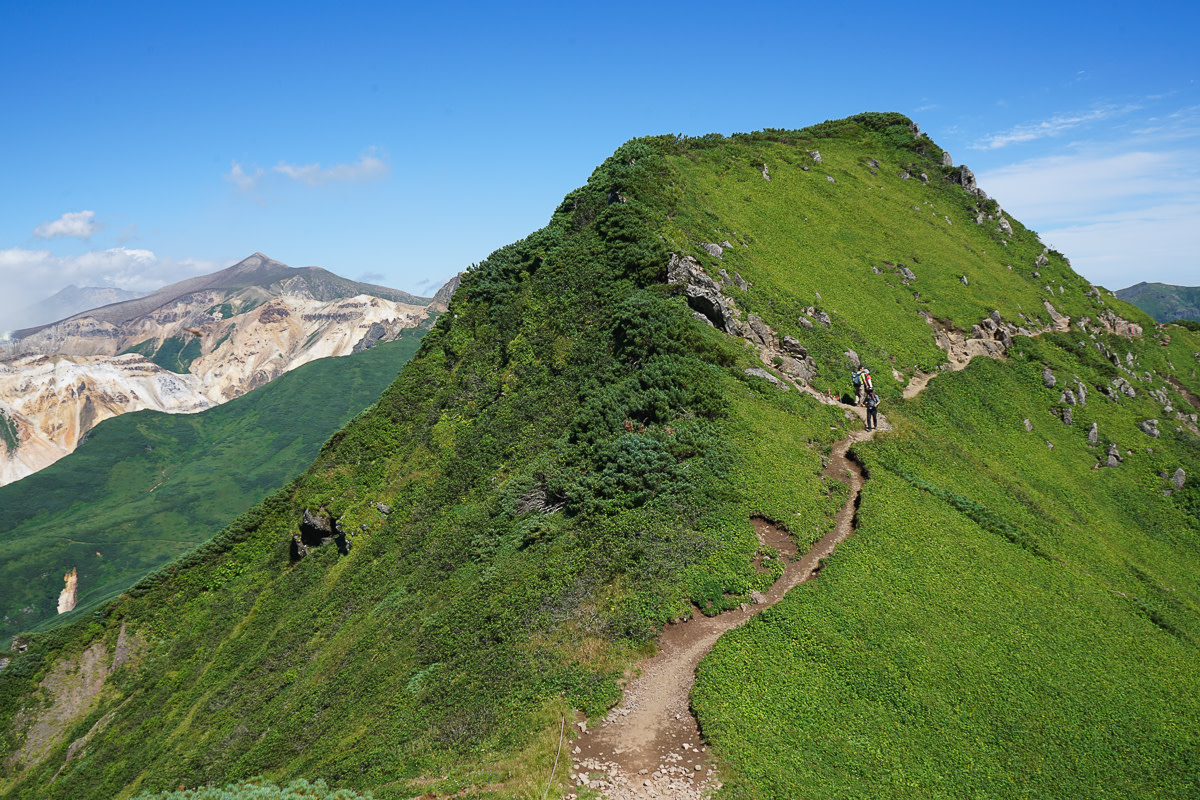
What do I need to pack for Hokkaido?
No matter what season it is, bringing clothing that is easy to layer is key when visiting Hokkaido. It can still get cold even in mid-summer, while in winter you get surprisingly warm during activities. Being able to adjust your layers lets you stay comfortable.
Dressing in layers also comes in handy during the cold winters. Even though it can get very cold outdoors, indoors is well heated; you can experience a 30°C temperature change so be ready to add and lose layers quickly! When you are packing your warm winter jacket, don’t forget about your head, hands and feet. A warm knit hat and gloves keep your upper extremities warm, while a good pair of snow boots are essential even for walking around town. Take a look at Hattie's blog on how to dress for Hokkaido's winter for more winter layering tips.
Ayaka has more seasonal packing tips, as well as a packing list you can print out, in her blogpost here on what to pack for Hokkaido.
Do people speak English in Hokkaido?
Japan has a bit of a reputation for having a language barrier for English speakers. It is true that many people in Hokkaido speak little or no English. However, I have found that there is almost always someone that speaks some English wherever you go, and they are friendly and happy to help.
Many people in Hokkaido, especially those who live in the countryside or work in the outdoor industry, have spent time working and studying in English speaking countries. With a relaxed mindset and willingness to ask for help, it’s perfectly possible to travel in Hokkaido with zero Japanese language skills. The warmness of Hokkaido people transcends the language barrier.
However, there is still limited information about Hokkaido written in English (we are working to change that!). Travelling with a bilingual guide, especially a local one, will give you a much deeper insight into Hokkaido. They can also help you avoid ordering cod testicles (shirako) for dinner.
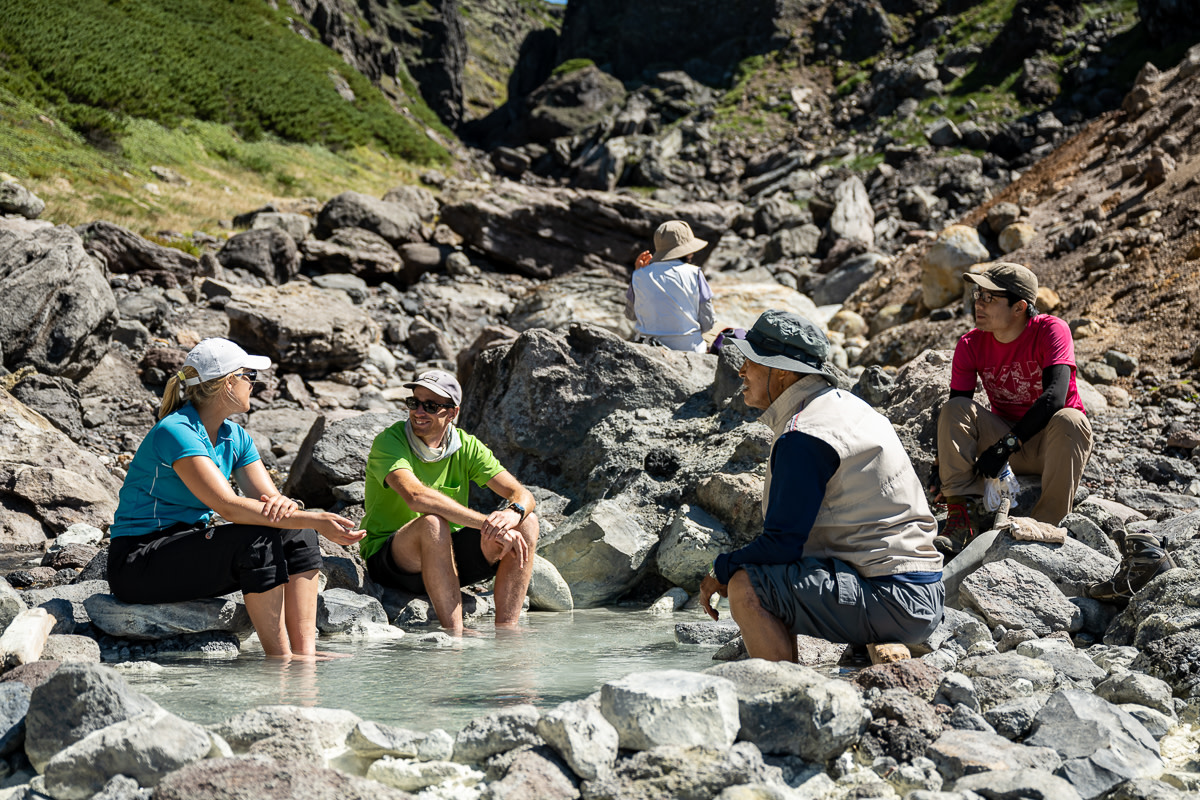
What do I need to know about going to onsen?
Onsen are natural hot springs and are a big part of travelling in Japan, some have been travel destinations for centuries. The hot mineral waters heal your body’s aches and pains and also lets you relax your mind. They are often found in incredible locations too.
You are going to be naked around other people (of the same gender) but it is not as uncomfortable as you may think. Many people shudder at the thought of stripping off around other people. I remember being nervous the first time I did, but in reality, onsen are a normal part of life here and it is not weird. While you are naked you still need to be modest, most locals use their small hand towels to cover their private areas whilst moving between baths.
Now you have decided you’re ready to give it a go, there are a few rules to follow, such as washing before you get into the baths, keeping your hair out of the water and obviously no photos.
To learn more about the onsen culture in Hokkaido, check out Ayaka’s blogpost on how to enjoy onsen like a local.
What tours are there in Hokkaido?
Joining a tour is a great way to experience travelling in Hokkaido. Travelling on a tour can help you discover more about the area you are in and takes care of transportation, accommodation, meals, activities and the language barrier. There are many different tours on offer in Hokkaido, despite adventure travel being relatively new here.
Many people have specific activities they want to experience in Hokkaido, for example, hiking, cycling or wildlife and nature. These tours will let you experience the best of your favourite activity that Hokkaido has to offer, while not having to worry about the logistics of getting from A to B.
Day tours are perfect for adding a day of adventure into your trip to Hokkaido, whilst overnight and multi-day tours make the most of your time here.
There are also both guided and self-guided tours on offer here. I’ve laid out some of the pros and cons of each below:
Being your own guide in a foreign country can be incredibly satisfying, but it can also be stressful and daunting.
While you will have a rough itinerary, self-guided gives you some flexibility to change your plans.
A tour guide can explain the history and information about an area. However, some people enjoy the freedom to discover a place on their terms.
A local guide will take care of the daily logistics of travelling, letting you concentrate on taking it all in.
I go into more detail about the different tour types in my blogpost all about Hokkaido tours here.
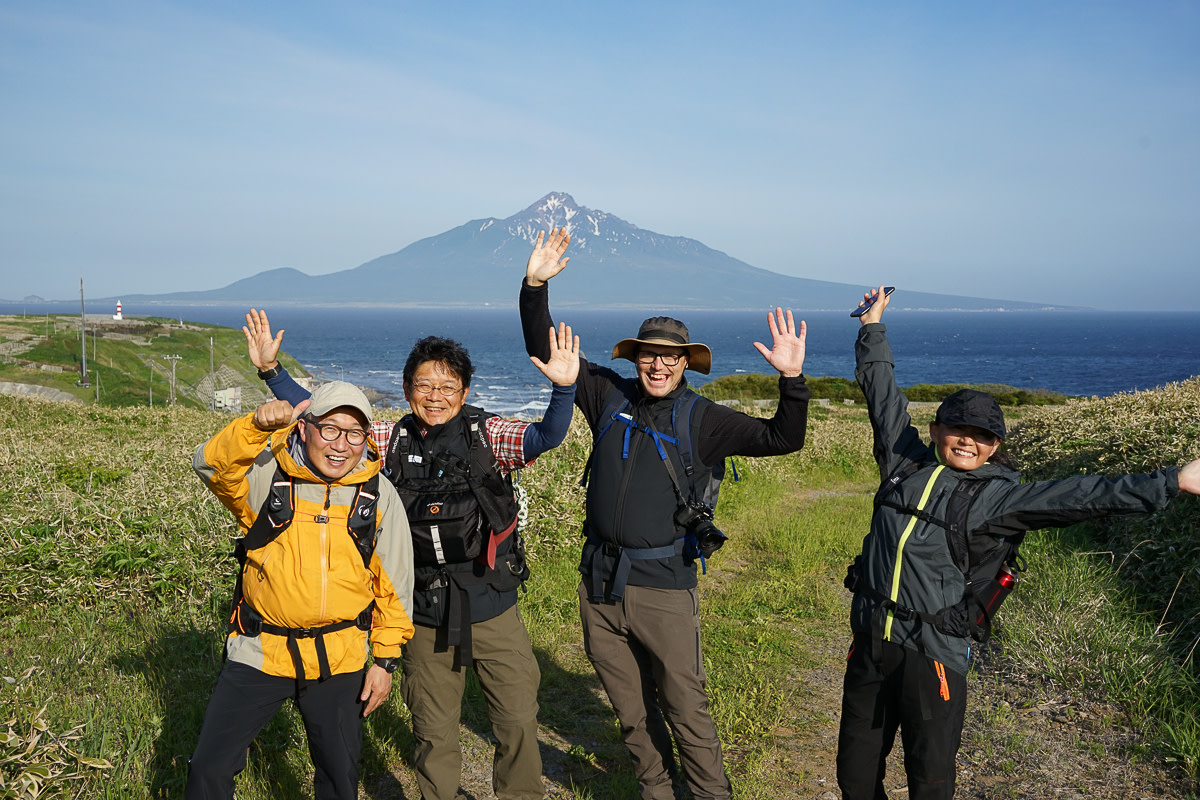
Last question, when are you coming to Hokkaido?
I hope this post answers some of your questions about visiting Hokkaido and helps you with your travel plans. We are always happy to help at Adventure Hokkaido, so please get in touch if you have any questions not covered here.
We are all local Hokkaido residents and our small group tours are born out of wanting to help people experience our home island, somewhere we think is pretty special.
Ready to explore Hokkaido?
Join one of our tours and experience the best of the island